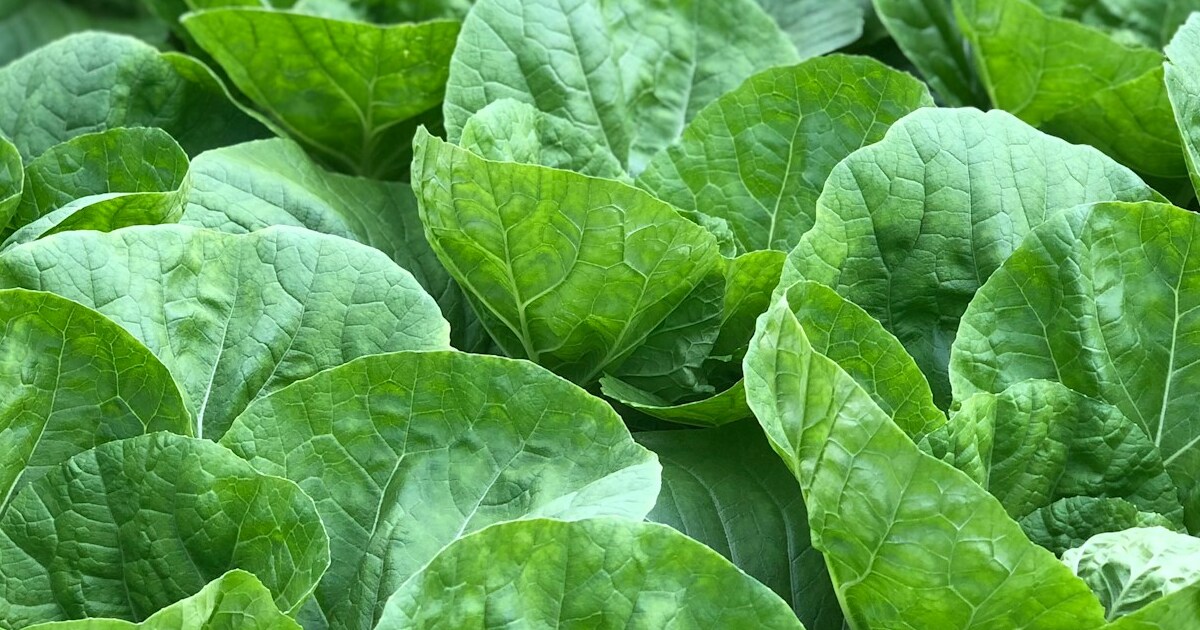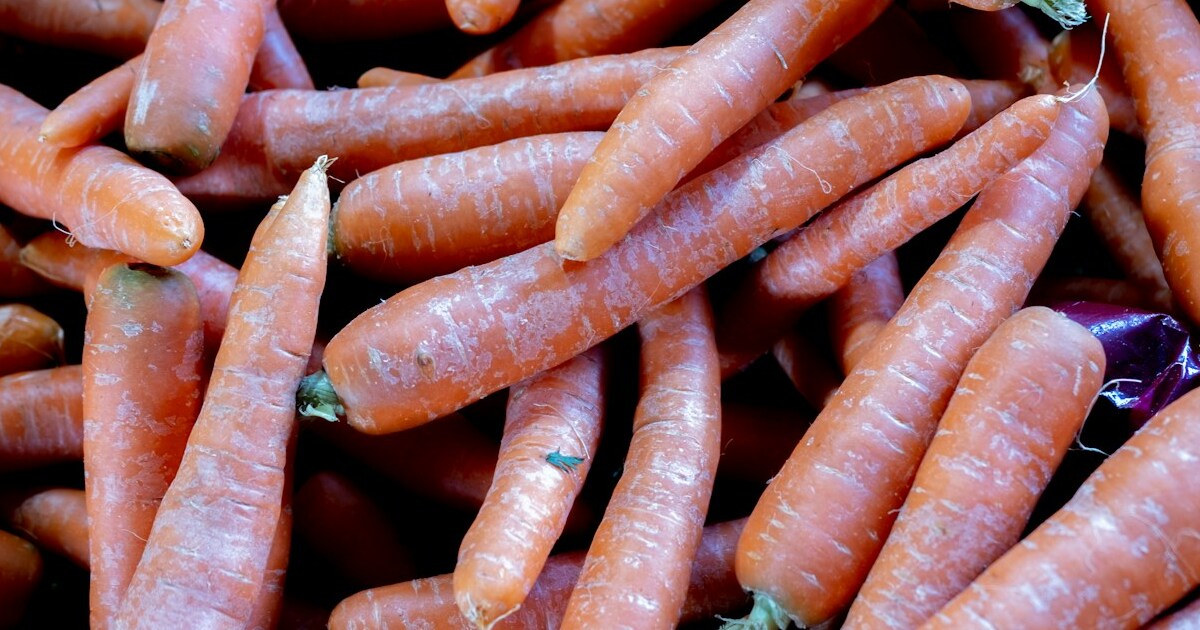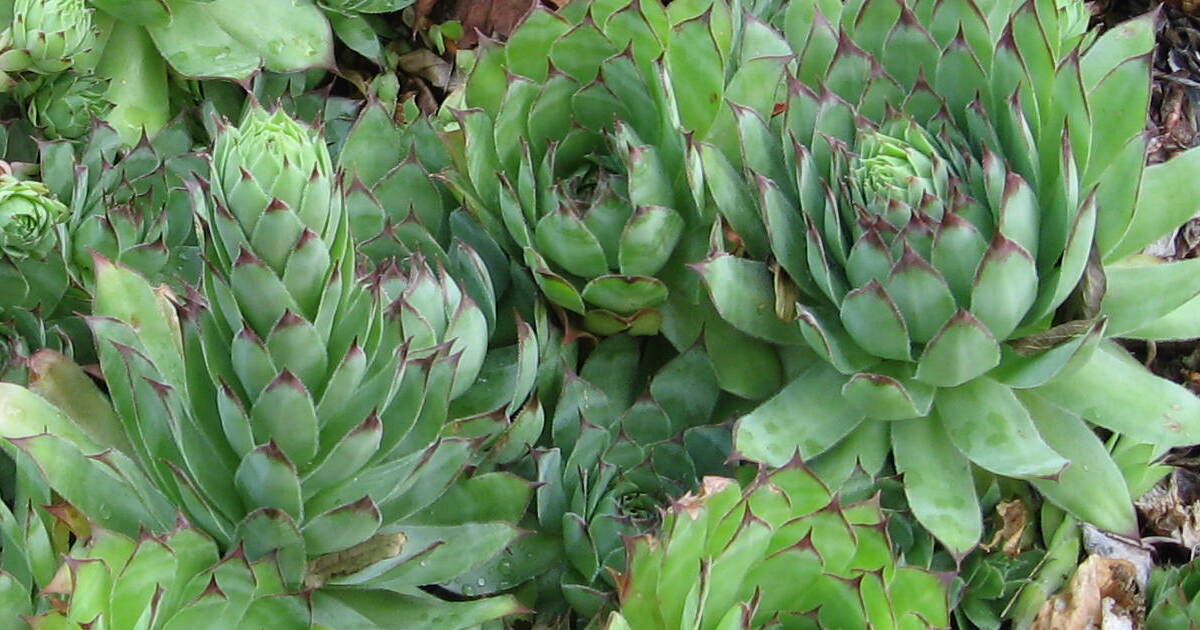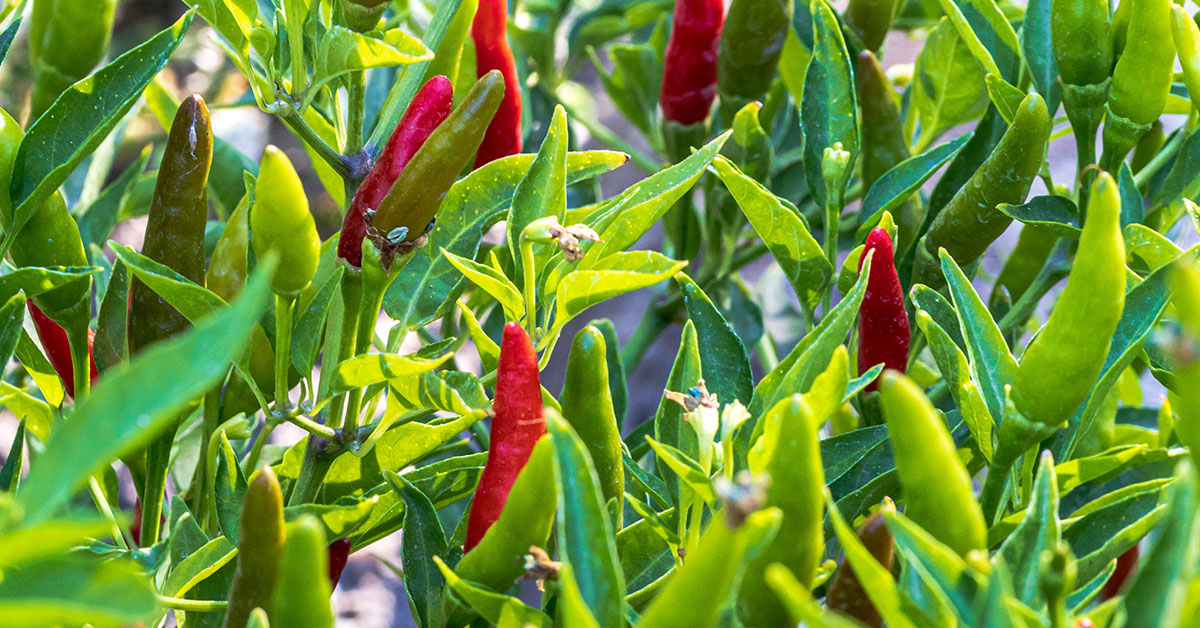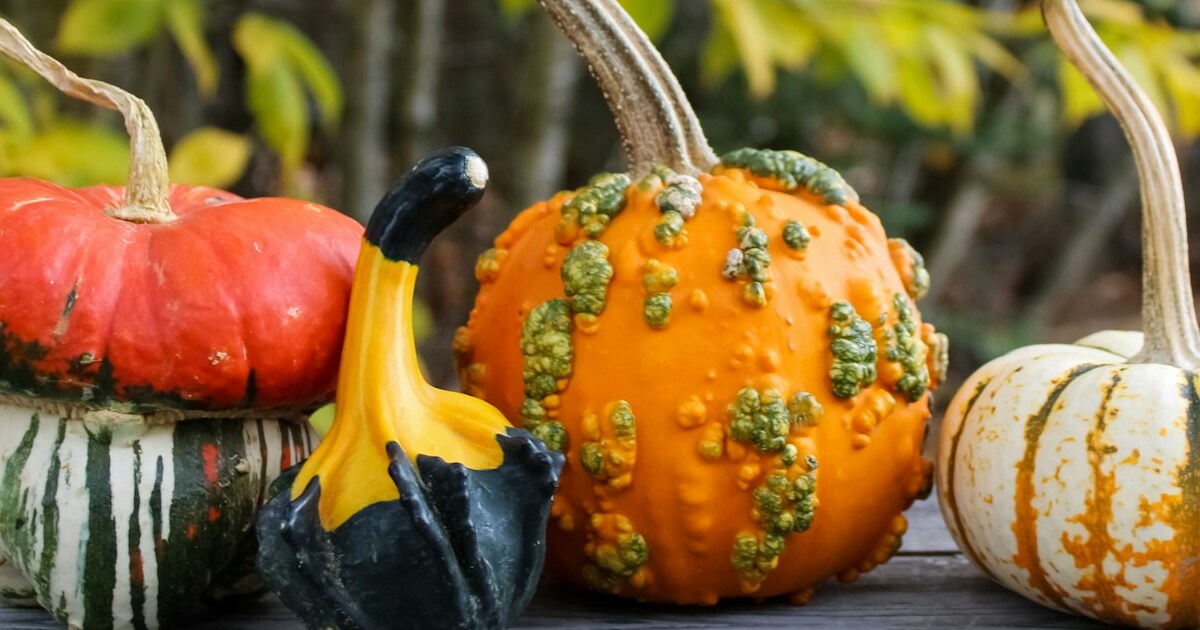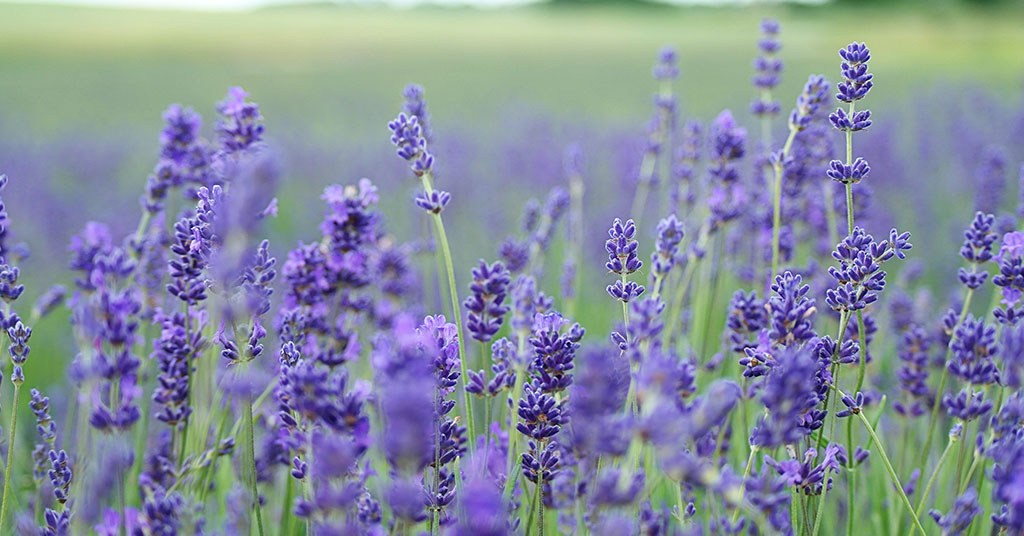June is such an exciting month in the vegetable garden! It’s that magical moment when your early season efforts start to pay off, and harvest baskets begin to fill. Whether you’re pulling crisp radishes, snipping tender greens, or plucking pods straight off the vine, it’s a deeply satisfying time. I know how discouraging it can be to wait weeks and weeks for something to grow—so being able to gather food this early in the season feels like a well-earned reward.
Many of these veggies are fast-maturing or early varieties that you likely planted in cool spring soil. Some are cut-and-come-again crops that bounce back quickly, while others mark the end of their short window before heat sends them into bolting. Either way, if you timed your planting right, June is a bustling harvest month! Here are 15 vegetables that are often ready to harvest now—and trust me, you’ll want to get your hands on them while they’re at their peak!
Turnips

Turnips are one of those underrated garden gems that often surprise new gardeners with how fast they grow. Many varieties mature in just 30 to 50 days, so if you sowed seeds in April, you’ll likely be pulling beautiful round roots in June. Harvest them small for a tender, sweet flavor, or leave them a bit longer if you prefer more bulk. The greens are edible too—sautéed, they’re downright delicious.
Native to temperate regions of Europe and western Asia, turnips are not considered invasive and tend to stay well-behaved in garden beds. They don’t attract many pests, though flea beetles can occasionally bother their greens. If you’ve planted turnips closely, thin them early so each root has space to swell. Birds may peck at the leaves now and then, but I’ve found that letting a few go to flower will attract pollinators like crazy!
Radishes

Radishes are one of the quickest veggies you can grow, with some maturing in just 3 to 4 weeks! If you’ve been succession planting these crunchy beauties every couple of weeks since spring, June will be bursting with color. From classic red globes to elongated French Breakfast types, these roots are best when harvested young and juicy.
Native to Southeast Asia, radishes are not invasive and tend to stay compact and tidy. Their small flowers can draw in beneficial insects if left to bloom, though most folks grow them for their roots. Keep an eye out for cabbage worms and flea beetles—floating row covers can help keep those pests at bay. And if your radishes bolt in the heat? Let them flower and save seeds or attract pollinators!
Garlic Scapes
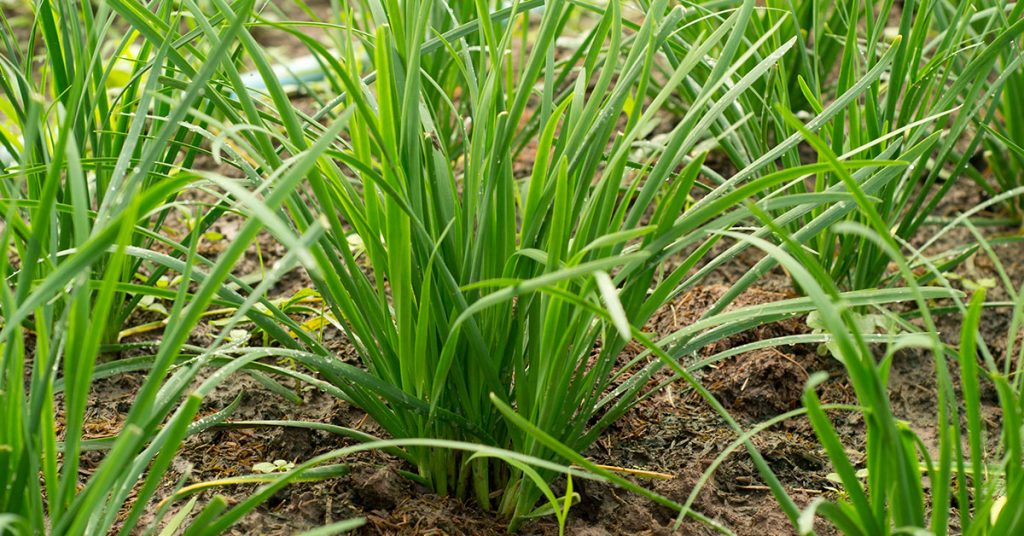
If you planted hardneck garlic last fall, June is when the scapes—those curly flower stalks—begin to emerge. Snipping them off helps the plant redirect energy back into bulb formation, but don’t toss them! Garlic scapes have a deliciously mild garlicky flavor and are amazing in pesto, stir-fries, or grilled whole.
Garlic, believed to have originated in Central Asia, is widely cultivated and not invasive in managed gardens. While the bulbs won’t be ready until mid-to-late summer, harvesting the scapes now is a fun and tasty milestone. The flowering stalks attract bees if left in place, though I always remove most of mine so I get bigger bulbs later on!
Spinach
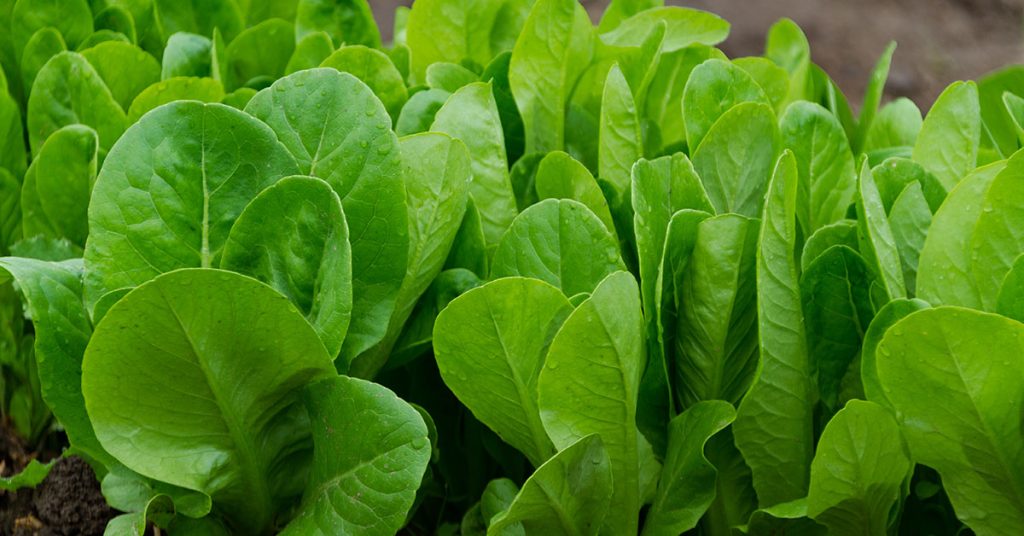
Spinach planted in early spring can be harvested leaf by leaf or as full baby plants in June. It’s such a versatile green—perfect in salads, smoothies, or lightly wilted into warm dishes. In many regions, June marks the end of spinach season, as increasing heat encourages bolting.
Native to central and southwestern Asia, spinach is not invasive and is usually well-behaved in home gardens. It can attract leaf miners and aphids, but a bit of early morning harvesting usually avoids most of the damage. If your plants do start to bolt, don’t worry—those tall stalks with tiny yellow-green flowers still attract some pollinators, and you can let a few go to seed for fall!
Snap Peas

There’s nothing quite like eating snap peas straight off the vine in June. Their sweet crunch is a true sign of early summer! These cool-season crops begin to produce heavily as soon as temperatures stabilize, and regular picking encourages even more pods to form.
Snap peas are descended from the wild pea, native to the Mediterranean and parts of the Near East. They are not invasive but can scramble happily along supports. Pollinators like bees love their small white blooms, and birds will sometimes perch nearby to hunt insects. Keep them well-watered as summer approaches, and they’ll reward you with tender green pods for weeks.
Lettuce
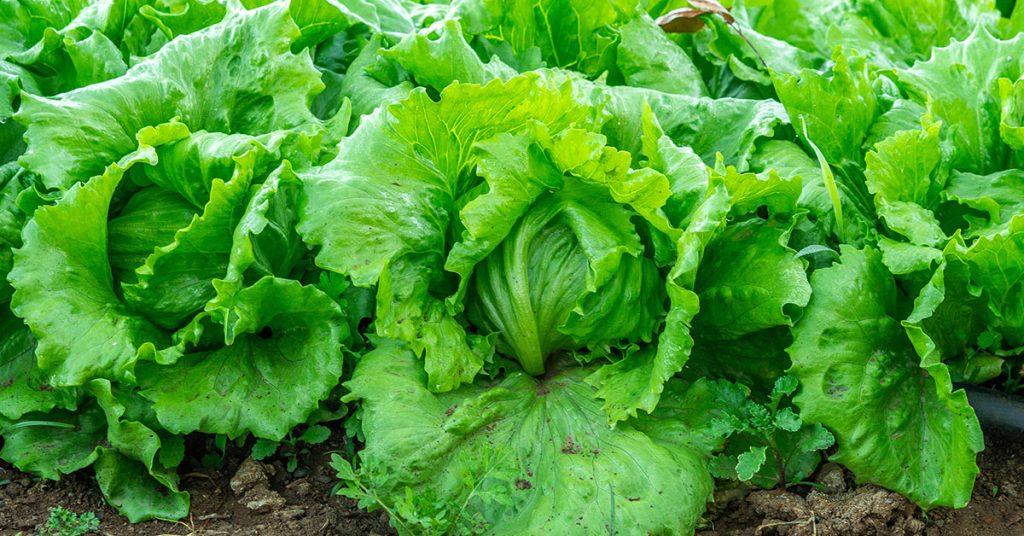
By June, lettuce lovers can be swimming in leaves if they’ve been succession sowing since spring. From loose-leaf to romaine, this is the time to harvest before the heat makes it bolt and taste bitter. Pick early in the morning for crisp, flavorful leaves and better shelf life.
Lettuce is native to the Mediterranean and western Asia and is not invasive. It’s a cool-weather crop, so if your plants start forming central stalks and flowering, it’s time to say goodbye. But those little yellow flowers can still attract pollinators! I like to let a few bolt on purpose to provide nectar and collect seeds.
Baby Carrots

If you started your carrots early in the season, June is a great time to begin pulling a few baby roots to thin the row and enjoy the sweetest, tenderest bites. These immature carrots are bursting with flavor and make a fantastic garden snack!
Carrots originated in Central Asia and are not invasive. They can be a bit finicky with germination, but once they take off, they’re fairly easy to grow. Carrot flowers, if you let them bolt, are part of the Apiaceae family and look like Queen Anne’s lace—perfect for attracting beneficial wasps and lacewings.
Bok Choy
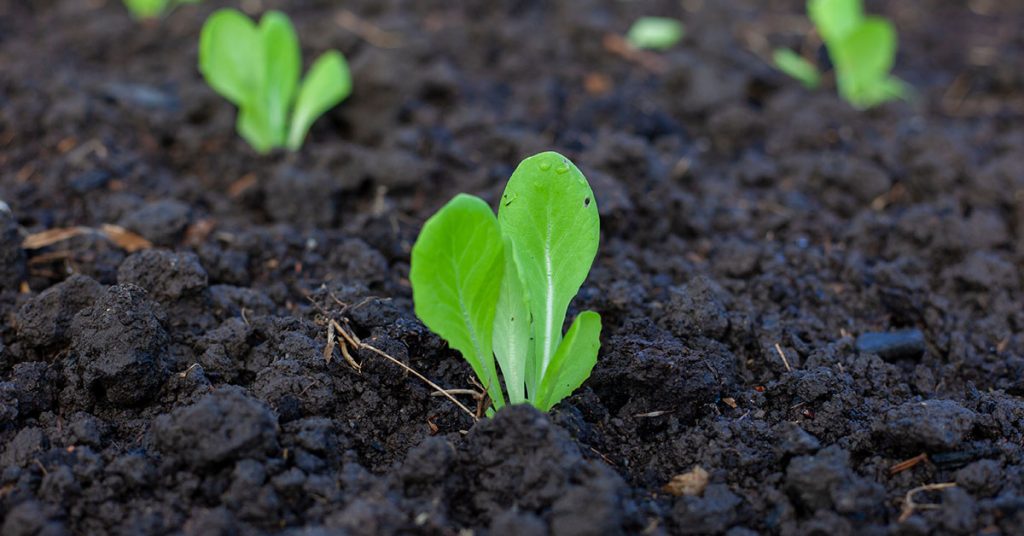
This delicious member of the brassica family grows fast and is usually ready for harvest within 30 to 45 days, making June the ideal time to enjoy young bok choy. The thick white stems and deep green leaves are packed with flavor and perfect for sautéing or adding to soups.
Bok choy is native to China and is not considered invasive. It tends to bolt in hot weather, so harvesting early in the month is ideal. If it does flower, you’ll see clusters of yellow blossoms that pollinators adore. Flea beetles and cabbage worms can be an issue, so keep an eye out, especially if you’re growing organically.
Beets
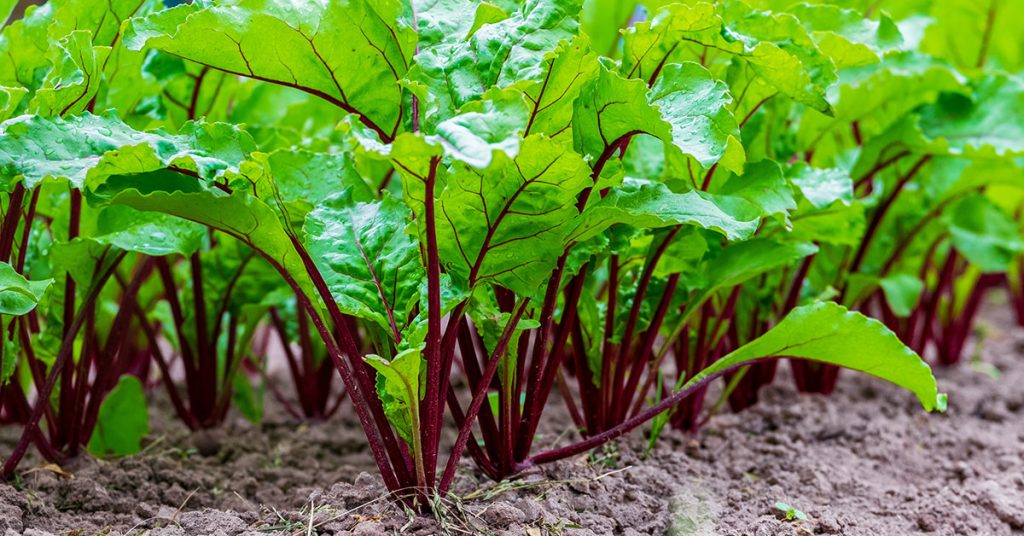
Beets offer a double harvest: vibrant, earthy roots and nutritious greens. If you planted beets early in spring, you can start pulling them in June when the roots are about the size of a golf ball or slightly larger. They’re tender, sweet, and a joy to roast, pickle, or eat raw.
Native to the Mediterranean, beets are not invasive but do prefer loose soil to develop properly. Their broad leaves can attract leaf miners, but they’re also favored by pollinators once they flower (if you let them). I like to harvest a few at a time, spacing out the enjoyment while thinning the row naturally.
Kale
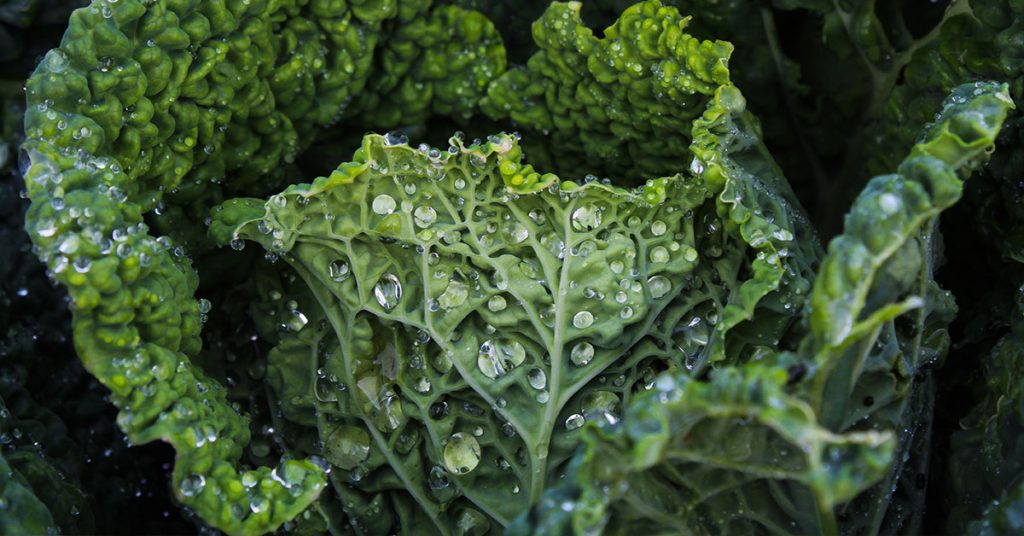
Kale is the gift that keeps on giving. If you planted it early, it’s likely producing heavily in June. You can harvest individual leaves as needed, and the plant will continue to grow—often well into the fall! The cooler temps of spring give the leaves their sweetest flavor.
Kale hails from the Mediterranean and is not considered invasive. It can attract cabbage loopers and aphids, but also brings in predatory wasps and ladybugs if allowed to flower. While most people grow it for leaves, the yellow flowers are a surprise hit with bees and hoverflies.
Arugula
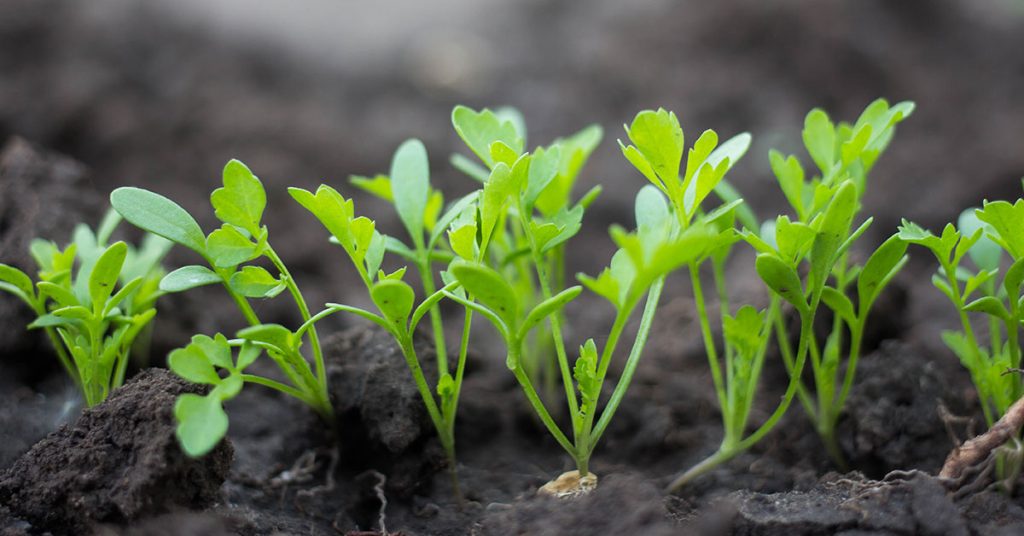
If you’re craving a peppery kick, arugula is your leafy friend! This quick grower can be harvested as baby leaves in as little as 20 days. By June, most spring-planted arugula is at its peak or just starting to bolt, which makes now the time to harvest in earnest.
Arugula is native to the Mediterranean and western Asia and is well-behaved in gardens. It bolts quickly in heat, sending up delicate white flowers that bees love. While some gardeners pull it at first signs of flowering, I leave a few in for pollinators—and because the flowers themselves are edible and just as peppery!
Kohlrabi

This oddball brassica, with its bulbous stem and leafy top, is often ready to harvest in June if planted in spring. It tastes like a cross between a turnip and a broccoli stem—crisp, mild, and slightly sweet. Don’t forget the leaves—they’re edible too!
Kohlrabi is native to Europe and is not invasive. It grows quickly and can be a bit prone to flea beetles early on, but once it bulks up, it’s relatively pest-free. The leaves can even provide some cover and nesting spots for beneficial insects, especially if you interplant with flowers like calendula or nasturtiums.
Swiss Chard
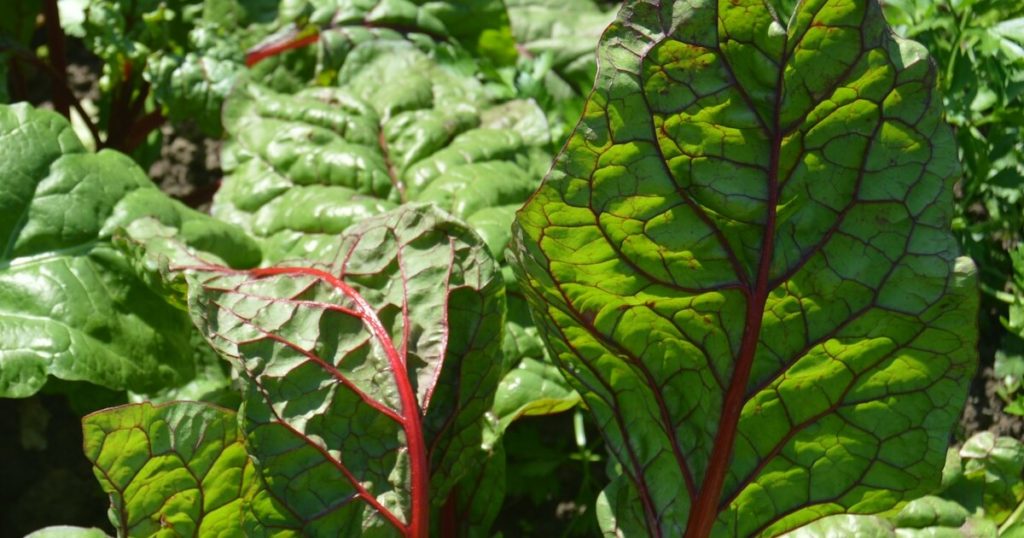
This colorful leafy green is both ornamental and productive, and early plantings can be in full swing by June. You can harvest outer leaves regularly and let the plant continue to grow all summer long. It’s so satisfying to cut a fresh bundle of rainbow chard for dinner!
Chard is a cultivar of beet native to the Mediterranean region and is not invasive. It’s pretty tough, handling a bit of heat better than spinach, and its bold stems are a magnet for attention—not just from us, but from pollinators if it flowers. Aphids might show up, but beneficial insects often keep them in check.
Mustard Greens
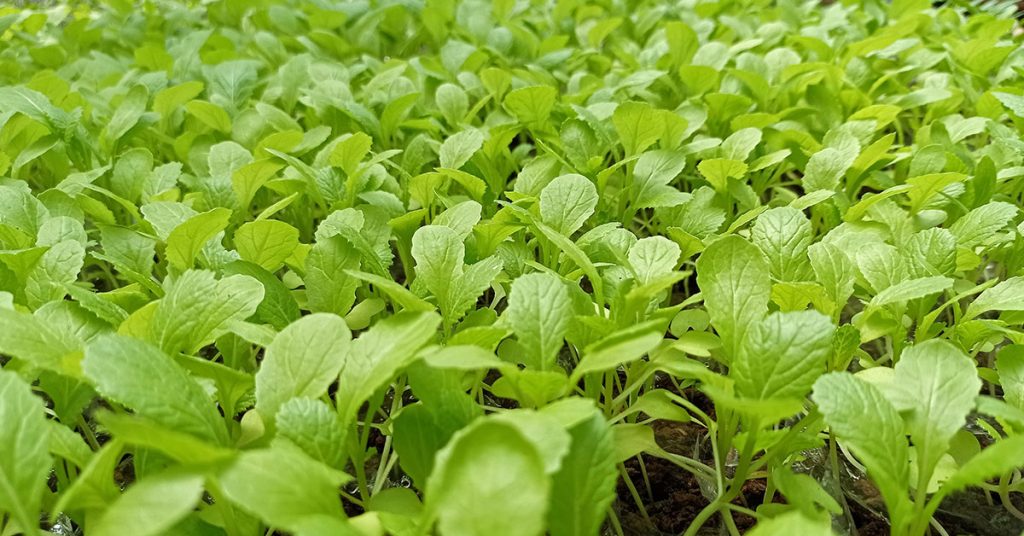
Spicy, bold, and fast-growing—mustard greens planted in spring are absolutely ready in June. The young leaves pack a peppery punch and are great for stir-fries or fresh salads. Older leaves can be cooked down to mellow their bite.
Mustard greens are native to the Himalayas and China and are not considered invasive. They bolt quickly as temperatures rise, but those bright yellow flowers are worth keeping for pollinators! The plants can also act as a trap crop, drawing pests away from more sensitive veggies like cabbage or broccoli.
Green Onions

Also known as scallions, green onions can be harvested anytime after they reach about 6 inches tall. If you’ve been growing them from seed or even from kitchen scraps, June is prime time to enjoy their mild, oniony crunch. You can even leave a few to flower—they’re beautiful and bee-friendly!
Onions are thought to have originated in Central Asia and have long been domesticated and cultivated. Green onions are tidy in the garden, not invasive, and easy to tuck in among other crops. Their flowers are umbel-shaped and attract a surprising number of beneficial pollinators and predatory insects—making them a great multitasker!





